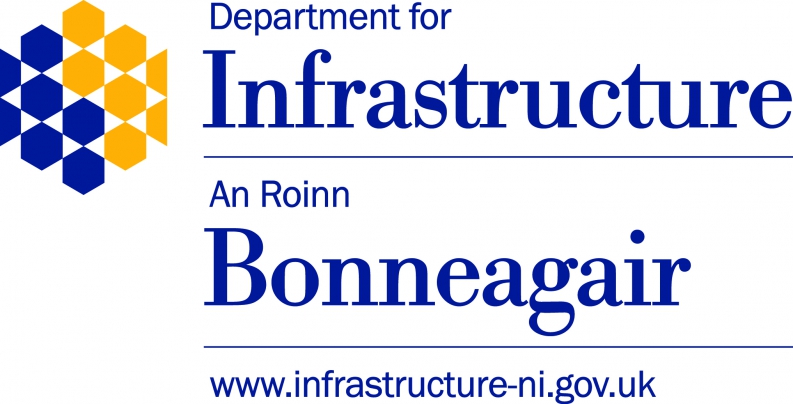Our Partners
DMLIG project was developed by a partnership of Causeway Coast and Glens Borough Council (CCGBC), Department for Infrastructure Roads (DfI Roads), Northern Ireland Environment Agency (NIEA) and Donna Rainey project volunteer whose vision inspired the project.
This partnership formed the basis of the Steering Group which oversaw the delivery of the project. The organisations and individuals represented provided a range of skills from section engineer, land management, policy and biodiversity, which were vital in the delivery of the project.
In addition to the partnership, a range of consultants was appointed, under the direction of the steering group to deliver the various elements of the project, including site survey and management options, training, public relations, events, engagement, website, signage and economic appraisal.
Project Partners
CCGBC

Gareth Doyle, Head of Estates, is responsible for the management of the Councils estate including its grasslands. He was the senior member of staff overseeing the project
Rachel Bain, Biodiversity Officer, her role is to help the Council fulfil its biodiversity duty including to develop ways to manage Council land for the benefit of biodiversity and people. Rachel was/is the DMLIG Project Manager, coordinating the steering group, overseeing the day to day delivery of the project, including looking after the volunteers.
DfI Roads

Austin Montgomery and James Middleton are the section engineers responsible for the road network in the project area, including the cutting regime for the verges and preventing the spread of invasive alien species. Also representing DfI Roads on the steering group were Gary Quinn, Jackie Kelly and Joe Lawson.
NIEA

Melina Quinn and Aoibhinn Corrigan worked for NIEA within the biodiversity unit at the start of the project, and had an in depth knowledge of semi-natural and species rich grassland. They were also part of the steering group for the All Ireland Pollinator Plan.
Donna Rainey

Donna is a very skilled amateur naturalist and local resident, whose vision lead to the development of the DMLIG project. She is effectively the voluntary project officer, helping with the steering group, training, site management, events, running the Facebook page, and many other aspects of the project.
Donna has also embraced Don’t Mow, Let It Grow in her garden, click here to see a short video.
Lessons Learned
This particular partnership evolved from a smaller project working on a few verges in the Garvagh area which proved to be successful and popular. Those involved in this project agreed to try and develop a similar pilot project at a Council-wide level to see if it was possible and practical at a much larger scale.
As DfI Roads and CCGBC are large landowners and managers of grasslands, which have great potential as natural grassland reserves, it was agreed the larger-scale pilot project should include both road verges and Council parks. NIEA brought their technical skill and expertise in biodiversity to the partnership.
The partnership worked very well together and each brought a different skill set and awareness of operational constraints and issues. However, during the three years of the project delivery, there were several organisational changes and constraints within each of the organisations involved. There were also a few staff changes. All of these had an effect on the day to day delivery of the project. In addition, all the partnership staff were participating in this project over and above fulfilling their respective jobs/workloads, which at times limited their participation in the project.
Ideally, a dedicated project officer would have been recruited to deliver the day to day activities of the project, which would have overcome some of the aforementioned issues, however due to funding and organisation constraints, this was not an option.
